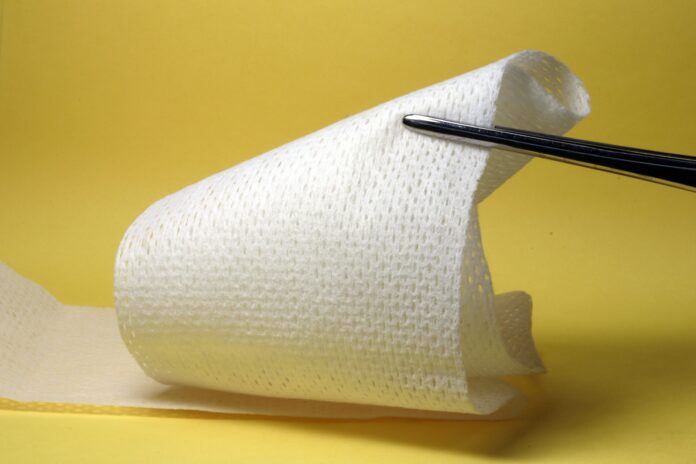Multidisciplinary, multi-university research attempts to produce smart bioelectronic bandage
Two professors from UC Davis teamed up with researchers from UC Santa Cruz and Tufts University to promote faster healing for chronic wounds. Marcella Gomez, an assistant professor in the department of applied mathematics at UCSC and a faculty affiliate for the Research Center for the Americas, hopes to work on optimizing their design while considering their interwoven objectives for the project.
“The significance would really be two fold,” Gomez said. “If successful, on one end, we will be demonstrating dominion over nature and we will have done this by reducing the task of controlling a complex biological process to a systematic engineering problem. On the other end, we are developing new technology that integrates distinct research fields in a novel way to advance biomedical applications.”
The biomedical community generally believes that the migration of cells toward the site of a wound is due to cues from the chemical gradient and the space available around the site. But Min Zhao, a professor in the dermatology department and the department of ophthalmology and vision science at UC Davis, explained that their team found otherwise.
“What we found is that actually at the wound, there are electrical indigenous, naturally occuring electric fields as well,” said Zhao. “We have a unique facility that we can measure that and then when we put cells in an electric field we can actually see remarkable migration of the cells. And what’s more important is that this electrical guided migration seems to be a predominant effect.”
In other terms, the negative pull of electric fields occurring within wounds could be directing cells to move toward the center of the wound in order to heal it, according to Rivkah Isseroff, a distinguished professor in the department of dermatology at UC Davis and the chief of dermatology at the VA Northern California Health Care System. Both Isseroff and Zhao had been involved in this field for years before the government put out a call for a bioelectrical wound healing program which brought together their multi-university team.
While there are other already developed electrical devices or published works concerning smart bandages, Zhao explained that the uniqueness of their research comes from this focus on bioelectricity. Isseroff added that what sets their research apart is the utilization of machine learning to understand what electrical impulses are required to improve healing. In comparison, other electrical bandages do not take in information from the wound itself.
“Electric fields are part of tissue formation and tissue regeneration,” Isseroff said. “So what our group is doing now is using machine learning to harvest that information and give it back to a wound that’s not healing.”
For Isseroff, this research is personally important, as her clinical work involves treating many patients with chronic wounds. As she currently advises the team about how they will apply their research to patients in the future, Isseroff hopes she will be able to help her own patients as well. She emphasized that the production of their smart bioelectrical bandage would not only benefit severely wounded soldiers, but also the general population.
“Even with the best of care and unlimited financial resources, we can’t always heal chronic wounds,” Isseroff said. “So I’m very excited about this work [and] hoping to be able to bring treatments that are sorely needed to a large patient population.”
Written by: Michelle Wong — science@theaggie.org





